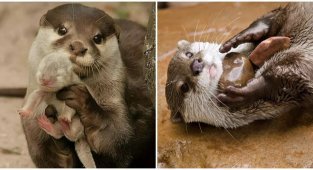Cat Otter: The smallest marine mammal lives among the rocks and waves. How can you face a raging ocean when you're the size of a cat? (8 photos)
Smallness is not only about cuteness and utyutyu. This is about a tiny creature confronting the big world. This lyrical beginning was inspired by the cat otter, the smallest marine mammal that fights against the untamed ocean. 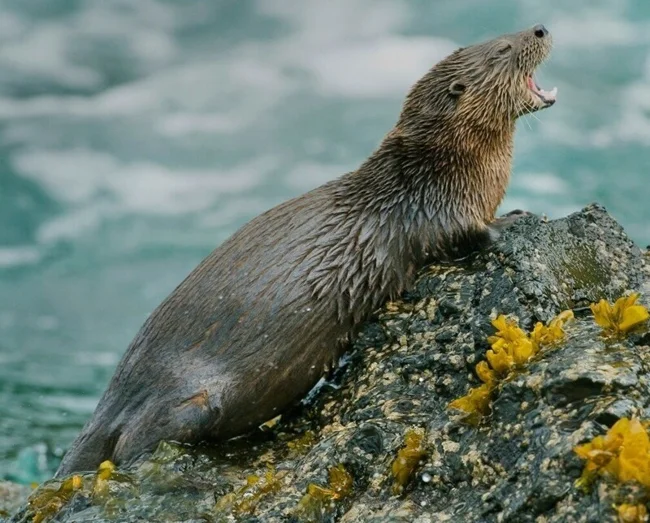
Cat otters live along the entire water border of Chile, but the animals live far from chilly. The west coast of South America features strong winds, rough seas and rocky ledges. In short, something from Aivazovsky’s repertoire is frighteningly beautiful. 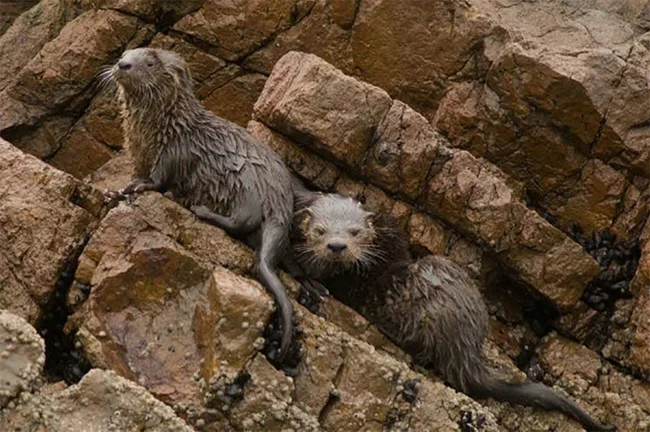
And this despite the fact that cat otters are the smallest marine mammals on the planet. Their carcass does not even reach a meter, and the weight of the animal will be the same as that of an average Barsik - 3-5 kilos. 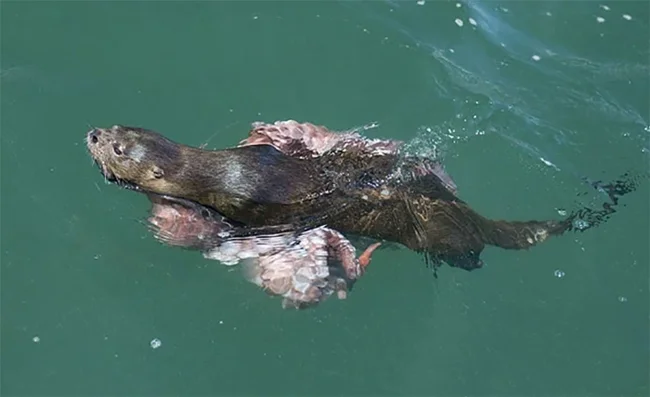
If you think your Muska eats a lot, look at the cat otter. She will eat a whole octopus in one go!
Why did she even live there then? Because local waters contain a real treasure. Gastronomic. The coastal waters are full of rocky fish, mollusks, and crustaceans. Sounds tempting enough to settle on the outskirts of the world, don’t you think? 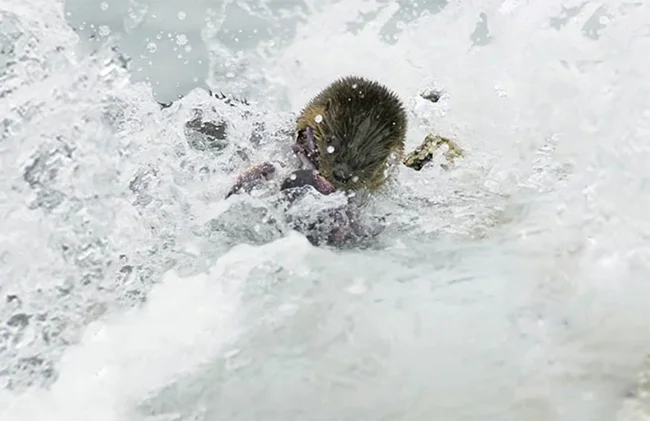
And we say this without any irony. Cat otters actually took up residence on rocky ledges to avoid competition with their closest relative, the southern river otter. The separation of the two species occurred approximately 800 thousand years ago. 
The animal fights the raging elements one on one - cat otters do not form groups. But the animal also has nothing against the company of fellow animals - from time to time the animals meet with each other for games, communication or mahacha. What did you think? These are cat-like otters in photos, but in reality they are fierce predators, ready to fight for their prey if someone tries to take it away. Punching often leads to serious injuries in the form of lacerations. 
And all because getting seafood in the places where the otter lives is hard work. Yes, the animals easily dive to a depth of 40 meters. But only 26% of all dives are successful. The waves simply carry the animal to the shore and do not allow it to hunt normally. Therefore, our heroes spend 70% of their time looking for food. 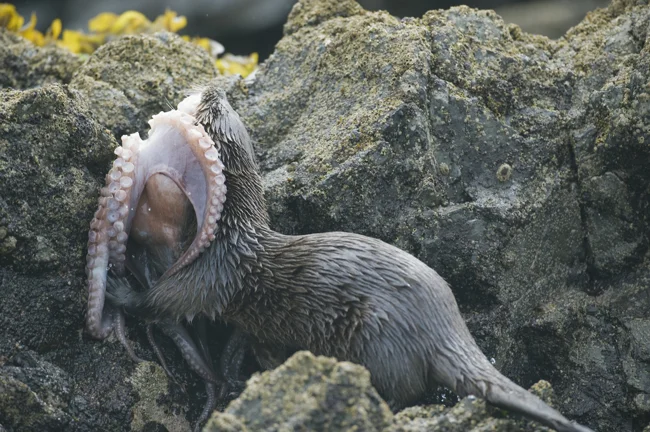
The task becomes even more difficult when a family appears. It is no longer possible for one person to cope here, so pairs are formed during the breeding period. Caring mothers and fathers bring food directly to the kids in the den. Young otters sit on their parents’ necks for a long time—10 months. During this time, adults not only feed their offspring from the belly, but also teach the youth all the wisdom of the world. So the young animals go out into free swimming in every sense with all the necessary skills. 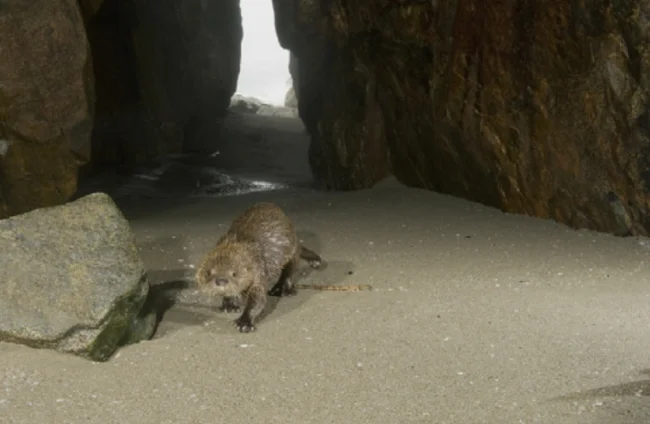
Otters make their lair in caves like these.
Otters live far from civilization, but the paws of anthropogenic influence reach even the most secluded corners of the planet. In 2020, microplastics were found in cat otter poop. He apparently got to them through a fish that swallowed him. It is not yet clear how exactly the components of artificial origin affect the animal’s body, but the effect is unlikely to be positive. Life is already difficult for cat otters, but now they find plastic in their guts. Well, screw it!
